Maples - inosculate/graft or not?
SueRonN
11 years ago
Related Stories

TREES11 Japanese Maples for Breathtaking Color and Form
With such a wide range to choose from, there’s a beautiful Japanese maple to suit almost any setting
Full Story
GARDENING GUIDES12 Japanese Maples for a Sunny Garden
The right maple in the right place shines in hot summer sun
Full Story
GARDENING GUIDES13 Japanese Maples for Shade
A surprising variety of these understory trees is waiting to make a statement in your shade garden
Full Story
LANDSCAPE DESIGNPretty Trees for Patios, Paths and Other Tight Spots
Choose trees for their size, shape and rate of growth — or shape them to fit your space. Here's how to get started
Full Story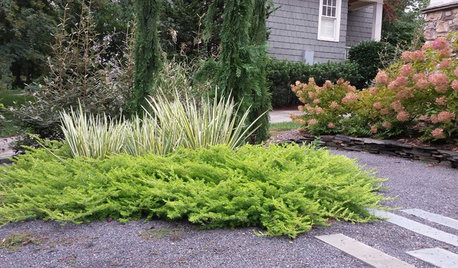
PLANTING IDEASThese Aren’t Your Grandparents’ Junipers
Dislike junipers? Maybe it’s time to discover new varieties and new uses for this garden workhorse
Full Story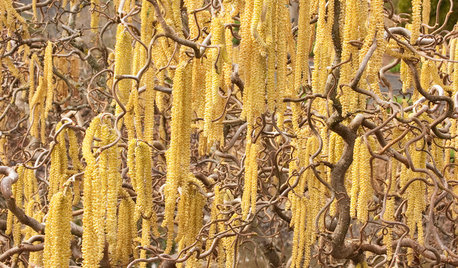
GARDENING GUIDESGreat Design Plant: Harry Lauder's Walking Stick
"Gnarly" is a compliment here — a twisted form and yellow catkins make this plant unforgettable in the winter landscape
Full Story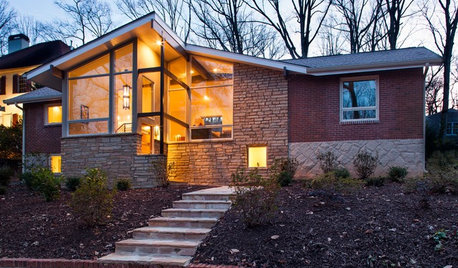
MIDCENTURY HOMESHouzz Tour: Making Midcentury Modern Work for Modern Times
A dynamic new entryway and other interior updates open an Atlanta home for better light and flow
Full Story
GARDENING GUIDESTree Care: Common Tree Diseases and What to Do About Them
Learn to recognize trees that may be affected by diseases or pests so you can quickly take action
Full Story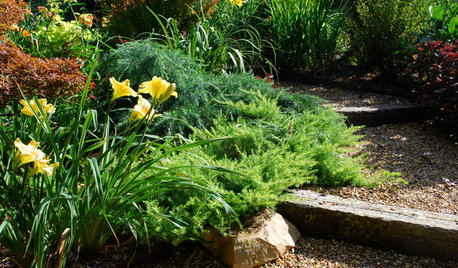
GARDENING GUIDESGreat Design Plant: Cedrus Deodara ‘Feelin’ Blue’
The smallest of the cedars softens a hardscape while bringing structure and texture to the garden
Full Story





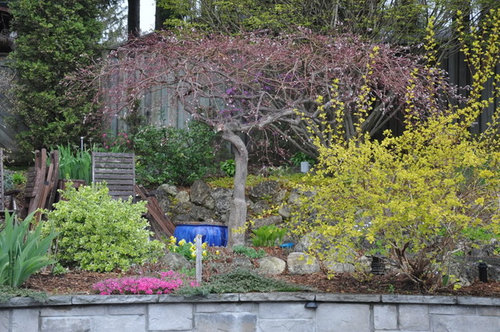

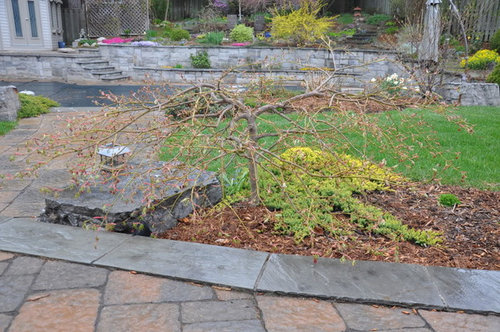
sketch804
SueRonNOriginal Author
Related Professionals
Kenmore Landscape Architects & Landscape Designers · Quincy Landscape Architects & Landscape Designers · Aloha Landscape Contractors · Arden-Arcade Landscape Contractors · Dixon Landscape Contractors · La Vista Landscape Contractors · Laguna Hills Landscape Contractors · Lantana Landscape Contractors · Ponte Vedra Beach Landscape Contractors · Ringwood Landscape Contractors · River Ridge Landscape Contractors · West Palm Beach Landscape Contractors · Clearfield Landscape Contractors · Phoenix Fence Contractors · Hutto Fence Contractorsbotann
SueRonNOriginal Author